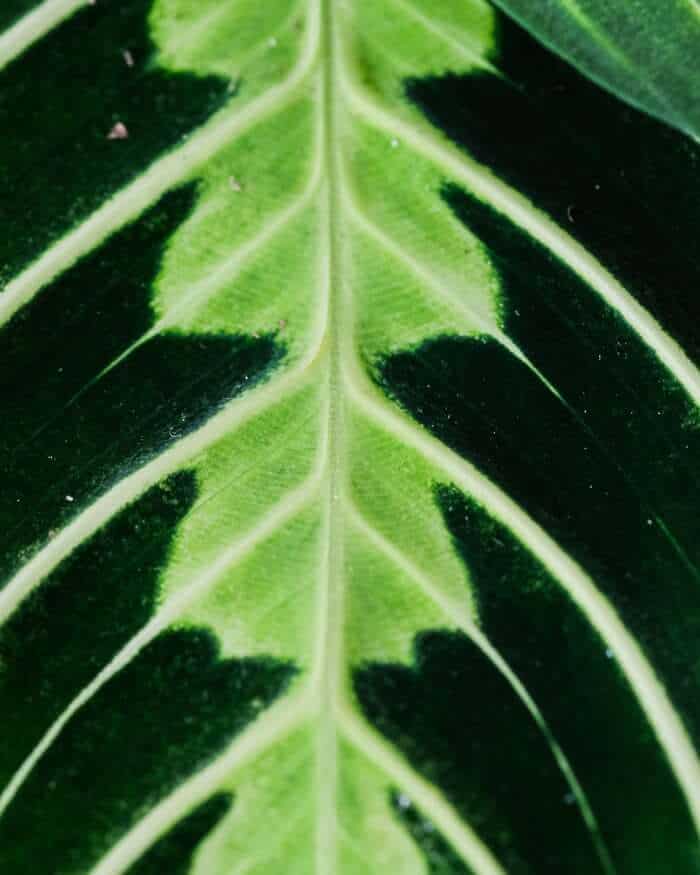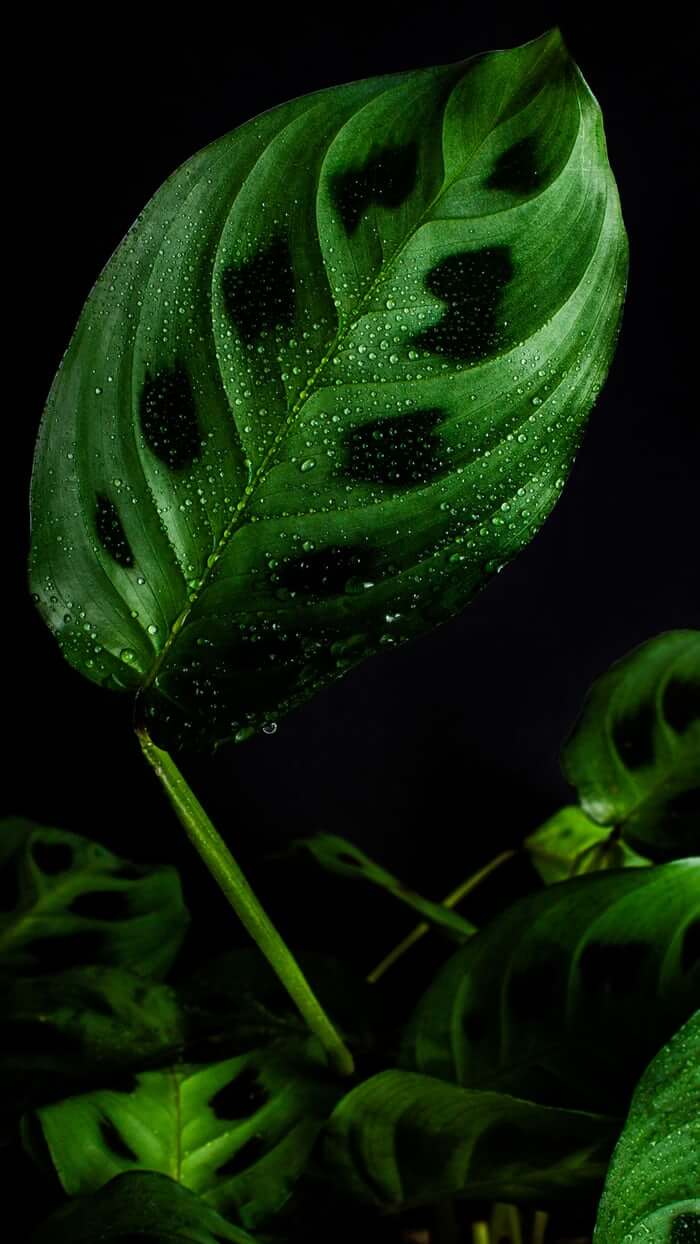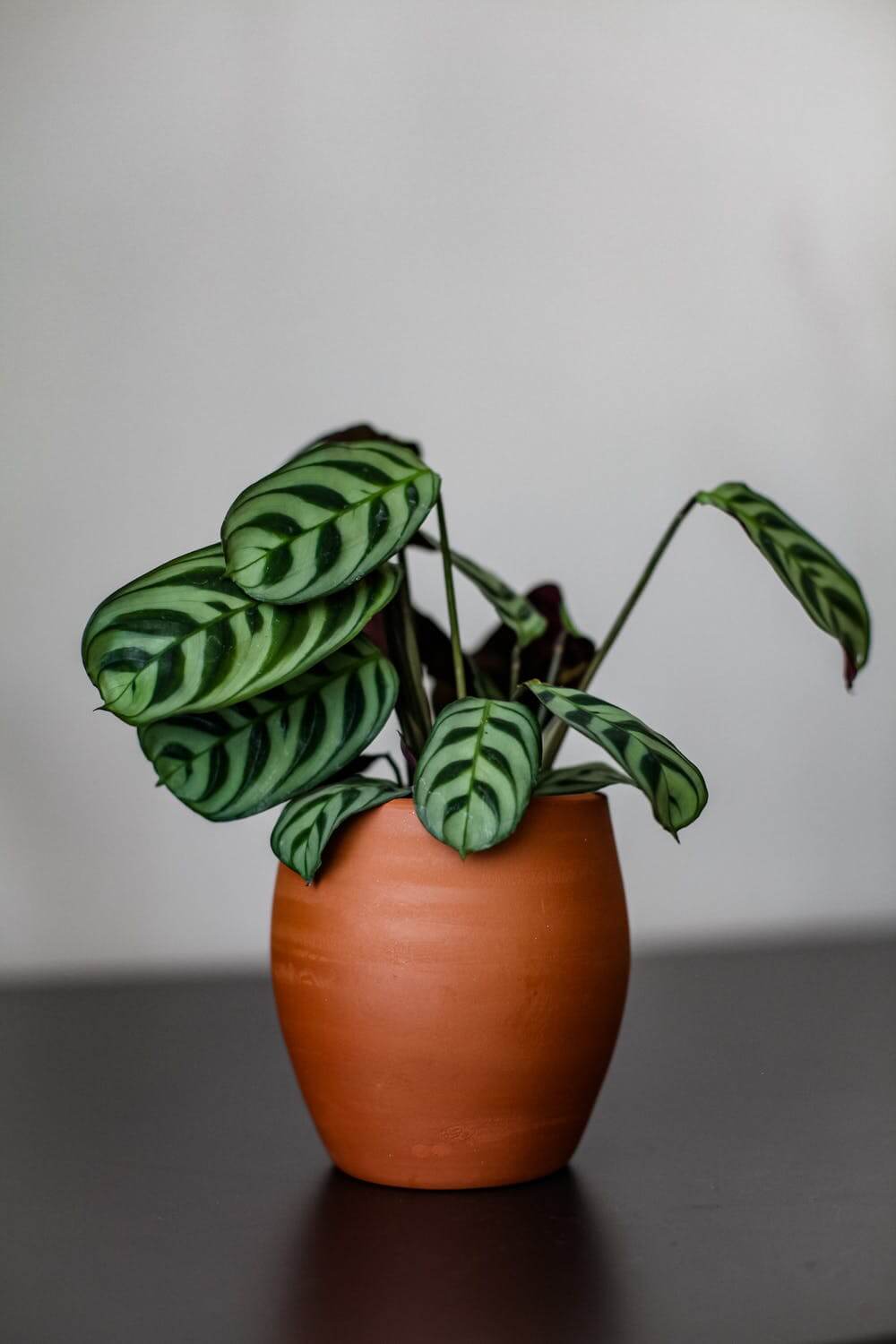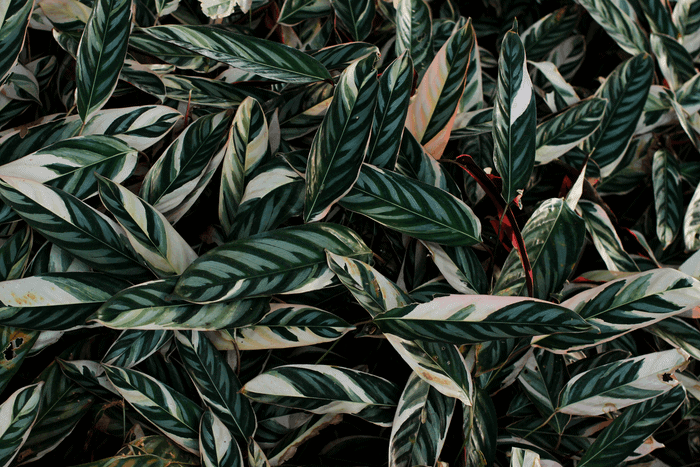Last Updated on January 8, 2023 by a Friendly Gardener
The Prayer Plant is botanically known as the Maranta leuconeura. This is a herbaceous perennial native to Brazil. They grow spontaneously on the rainforest floors receiving filtered dappled sunlight. This particular plant belongs to the Maranta genus of which there are several dozen members. The genus is named for 16th-century Italian physician and also botanist Dr. Bartolomeo Maranta.
The name common name of “Prayer Plant” reflects the plant’s leaves and their characteristic movement. Foliage lays flat during daylight and folds as if in prayer at nighttime. These plants are a nyctinasty species. Charles Darwin described these species in “The Power of Movement in Plants”.
Prayer plants belong to the arrowroot Marantaceae family. The family hosts 31 differing genera and more than 550 various species. The colorful foliage so characteristic of the plant make it easily recognizable. Plants boast a deep green hue with red veining and splashes of yellow along the principal rib. The Prayer plant lends itself to indoor cultivation year-round.
These plants prefer warm, moist locations. A Prayer plant can reach a foot high and will spread leaves outward in every direction. Humidity is important as they can lose leaves in arid environments. They do not tolerate excessive sunlight exposure.
Prayer Plant Care

Soil
The prayer plant is not fussy about soil if it drains adequately. Standard potting soil will work fine. To create a soil mix, blend:
- one part of perlite or coarse sand
- two parts sphagnum peat moss
- one-part loamy soil
Prayer plants like an acidic soil bed featuring a pH of 5.5 to 6.0. To improve drainage, fill the container bottom with pebbles.
Light
Prayer plants do not tolerate well direct sunlight exposure. They thrive best when in a spot with indirect light. If you place them near a window, just make sure to not place them in the window. Prayer plant foliage is at risk of burning or scorching. Splotches can result together with the fading of its colors. A prayer plant will adapt to low light environments, partial shade, and full shade. A Prayer plant will enter dormancy in winter, but if they are positioned in bright indirect light, growth will continue.
Water

A Prayer plant’s soil bed should never dry out entirely between waterings. Water your plant frequently during its growing season. This plant is not drought tolerant and can die if it remains without water. Avoid getting leaves wet, and do not let the soil become soggy as the plant is susceptible to fungal infections. Both underwatering and overwatering will harm this plant. If possible, water Prayer plants with room temperature water or tepid water.
Humidity
As a native of tropical rain forests, the Prayer plant loves humidity and ideally should be placed where humidity measures between 40 and 60 percent. Space humidifiers are ideal. The humidity can be improved by placing a small container of water near the plant or by using a pebble tray. Misting your plant with tepid or warm water will also help.
Temperature
The Prayer Plant likes temperatures to measure in the 60 to 80° Fahrenheit range. Cool temperatures can cause leaf drops.
Feeding

The prayer plant enjoys a good meal, so feeding every other week beginning in spring through the fall is recommended. In the winter, reduce your feeding to once a month. A quality liquid fertilizer should be diluted to half strength. Excessive feeding will burn plant roots, so dilute. Too little fertilizer will impede growth. Leaves turn brown from over-fertilization.
The Prayer plant is sensitive to salt buildup, so to prevent it, rinse the soil every two-three months. Water soil thoroughly with fresh water for three consecutive times under a shower or hose. Let the water drain before returning it to its location.
Pruning
Prayer plant foliage easily develops brown tips or edges. Older foliage fades in color and dies. Dead or dying leaves should be pruned away.
Brown and yellow leaves can be trimmed at the base of the stem. With brown leaf tips, snip off the tip.
Repotting

If you spot roots peeking from drainage holes or from the soil bed surface, the plant is probably root-bound. This calls for repotting. If the soil dries out rapidly necessitating more frequent waterings, it needs fresh soil. It is best to repot at the beginning of spring.
Prayer Plant Propagation

These plants are easy to propagate. The easiest and quickest method is the division of the plant during repotting. Remove excess soil gently from the root system and divide it into several smaller plants. Divided plants need roots and a couple of stems to survive. Repot smaller plants in individual shallow pots. Keep your new plants moist and warm until new growth is evident.
Prayer plants can also be propagated using cuttings. Trim off a stem just under a leaf node. Dip the cut end in rooting hormone. Put your cutting in a jar of water. Change the water every other day. When roots have formed, transfer your cutting to a pot with soil. Keep the soil bed evenly moist and spray with water every so often.
Toxicity
The Prayer plant is not toxic to dogs, cats, or humans so it is ideal for homes with pets or small children.
Diseases, Pests, and Problems
The Prayer plant is susceptible to infestations of scale, mealybugs, and spider mites. A pest infestation can include white powder on foliage or waxy deposits on stems. Leaves may brown. Clean foliage and stems with a cotton ball with rubbing alcohol or an organic insecticide such as Neem oil.
Make your own insecticide using
- two teaspoons of neem oil
- one teaspoon of dish soap
- one quart of warm water
Place the combination in a spray bottle and spray the plant’s foliage every week until the pests are no longer present.
Pests can be removed using a cotton ball with rubbing alcohol. Watch plant leaves for signs of pest infestations.
This plant is relatively hardy in resisting disease. It is at risk for the cucumber mosaic virus. There is no treatment. Symptoms include yellow patches on foliage. Infected plants should be disposed of.
Helminthosporium Leaf spot is another disease that can infect Prayer plants. Symptoms begin with small yellow spots on foliage that will gradually increase in dimension. Generally, it is caused by wet foliage. Avoid overhead watering.
Root rot is also a disease risk. It is caused by overwatering or soil that does not drain properly. Remove infected root parts and repot in fresh soil.
Is a Maranta and a Calathea the Same Plant?
No, although they do belong to the same Marantaceae family, these two plants are not at all the same species. They belong to different genera but share some similarities and feature some differences.
A Final Thought
If you love beautifully colored foliage, the Prayer plant has many species with stunning patterns in multiple colors. It is not a low-maintenance houseplant. Nonetheless, leaf movements are intriguing. They are a terrific non-toxic option for homes with pets or small children and they easily adapt to low-light environments.

